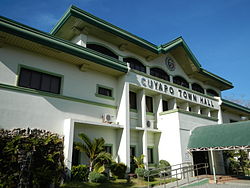
San Leonardo, officially the Municipality of San Leonardo, is a 1st class municipality in the province of Nueva Ecija, Philippines. According to the 2020 census, it has a population of 68,536 people.
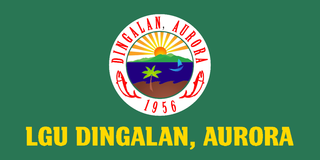
Dingalan, officially the Municipality of Dingalan, is a 3rd-class municipality in the province of Aurora, Philippines. According to the 2020 census, it has a population of 27,878 people.

Cabiao, officially the Municipality of Cabiao, is a 1st class municipality in the province of Nueva Ecija, Philippines. According to the 2020 census, it has a population of 85,862 people. Cabiao is the 3rd most populous, one of the richest, and fastest growing municipality in the province, only behind Talavera and Guimba. If cities are included, the town ranks 6th.
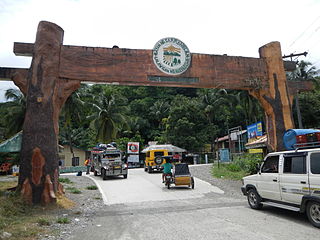
Carranglan, officially the Municipality of Carranglan, is a 1st class municipality in the province of Nueva Ecija, Philippines. According to the 2020 census, it has a population of 42,420 people.

San Jose, officially the City of San Jose, is a 3rd class component city in the province of Nueva Ecija, Philippines. According to the 2020 census, it has a population of 150,917 people.

San Nicolas, officially the Municipality of San Nicolas, is a 1st class municipality in the province of Ilocos Norte, Philippines. According to the 2020 census, it has a population of 38,895 people.

Santa Maria, officially the Municipality of Santa Maria, is a 3rd class municipality in the province of Ilocos Sur, Philippines. According to the 2020 census, it has a population of 30,006 people.

Sinait, officially the Municipality of Sinait, is a 3rd class municipality in the province of Ilocos Sur, Philippines. According to the 2020 census, it has a population of 25,998 people.

Rosario, officially the Municipality of Rosario, is a 1st class municipality in the province of La Union, Philippines. According to the 2020 census, it has a population of 60,278 people.

Balungao, officially the Municipality of Balungao, is a 4th class municipality in the province of Pangasinan, Philippines. According to the 2020 census, it has a population of 30,004 people.
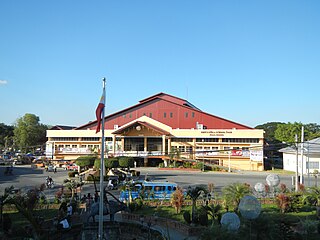
Rosales, officially the Municipality of Rosales, is a 1st class municipality in the province of Pangasinan, Philippines. According to the 2020 census, it has a population of 66,711 people.

Alfonso Castañeda, officially the Municipality of Alfonso Castañeda, is a 1st class municipality in the province of Nueva Vizcaya, Philippines. According to the 2020 census, it has a population of 8,539 people.
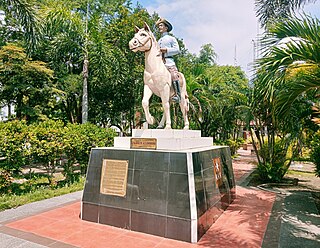
Arayat, officially the Municipality of Arayat, is a 1st class municipality in the province of Pampanga in the Philippines. According to the 2020 census, it has a population of 144,875 people.
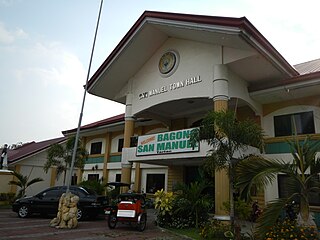
San Manuel, officially the Municipality of San Manuel, is a municipality in the province of Tarlac, Philippines. According to the 2020 census, it has a population of 28,387 people.
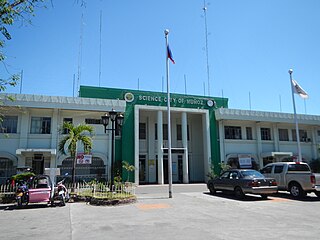
Muñoz, officially the Science City of Muñoz, is a 4th class component city in the province of Nueva Ecija, Philippines. According to the 2020 census, it has a population of 84,308 people.

General Mamerto Natividad, officially the Municipality of General Mamerto Natividad, also known as Gen. M. Natividad, is a 4th class municipality in the province of Nueva Ecija, Philippines. According to the 2020 census, it has a population of 44,311 people.

Licab, officially the Municipality of Licab, is a 4th-class municipality in the province of Nueva Ecija, Philippines. According to the 2020 census, it has a population of 29,269 people.
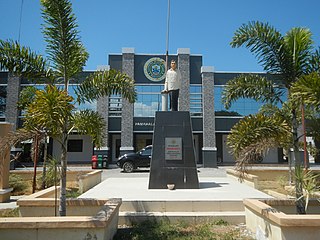
Llanera, officially the Municipality of Llanera, is a 4th class municipality in the province of Nueva Ecija, Philippines. According to the 2020 census, it has a population of 42,281 people.

Nampicuan, officially the Municipality of Nampicuan, is a 5th class municipality in the province of Nueva Ecija, Philippines. According to the 2020 census, it has a population of 14,471 people.

Quezon, officially the Municipality of Quezon, is a 4th class municipality in the province of Nueva Ecija, Philippines that was named from the 2nd president of the Philippines, Manuel L. Quezon. According to the 2020 census, it has a population of 41,845 people.
